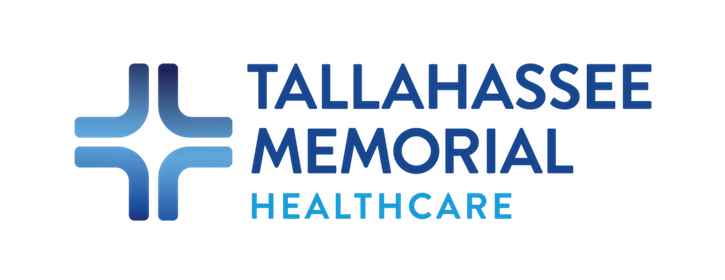Using Telehealth to Power Patient-Centered Care
A Florida health system describes its low-cost, high-reward campaign to improve care, with a focus on rural populations.

When the leadership of Tallahassee Memorial Healthcare decided it was time to strive for patient-centered care, they faced several challenges. For starters, the health system is a nonprofit, meaning it didn’t have a ton of money to throw at the initiative. Then there were the patients, who live in 17 counties in Florida and Georgia, including many rural areas, which made geographical distance an issue.
“Patient-centered care is about going back to the old model of the doctor with the black bag showing up at your house,” Lauren Faison, Tallahassee Memorial’s administrator of regional development for population health and telemedicine, said via a live video stream during the Health IT & Analytics Summit this week in Baltimore, Maryland.
So, to get physicians into the homes of patients near and far while controlling costs, the healthcare organization launched a telehealth program.
>> READ: Without Analytics, Hospitals Risk Becoming the Blockbuster Video of Healthcare
Instead of unnecessarily transporting patients, telemedicine has resulted in “huge” cost savings for Tallahassee Memorial, Faison said. The tech has also eased patient transitions, improved patient satisfaction, made more information available, reduced readmissions, and cut back on unwarranted trips to the emergency department, she said.
How to Launch a Telemedicine Program
When Faison and her colleagues began planning the campaign, they were overwhelmed by the number of opportunities and ideas circulating through the telehealth space. They formed a multidisciplinary team to get the perspectives of staff members involved with everything from scheduling and billing to care. They aimed to prevent a total shake-up of existing systems, as it seemed smart to avoid forcing employees to learn entirely new protocols, Faison said.
Eventually, the health system selected to us Vidyo’s video solutions platform. Faison said it costs less than $28,000 per year, making it a bargain for the effects it provides. And the pivot didn’t require a large upfront investment, as Tallahassee Memorial pays as it goes.
“As a nonprofit health system, we constantly look for inefficiencies,” she said, “like how to reduce transportation costs and to make providers more accessible and efficient.”
Telemedicine has proved critical in many areas. For example, Faison said, certain surgery follow-ups used to take place in a facility across the street from the hospital, at a cost of $150 per transport and the risk of patient safety. Now, those clinicians simply connect with patients in their hospital beds via video.
Tallahassee Memorial also uses telemedicine for transitional care, specialty consults, neurology on-call services, home health, behavioral health, ancillary services such as therapy and dietary practice, and even regional practices, Faison said.
Perhaps most significant, at a conference attended by many cutting-edge, nationally known health systems, Tallahassee Memorial stood out as a smaller operation that learned a big lesson from its expansion into telemedicine. Stakeholders there understand the power of technology for healthcare, and they have plans to boost the adoption of patient portals and explore additional digital-health opportunities. Precision medicine, artificial intelligence, and wearables—Faison and her colleagues understand that it’s all coming, and it’s all going to make a big difference.
“This is not a fad,” she said. “This is not the latest trend.”
Get the best insights in healthcare analytics directly to your inbox.
Related
5 Data Breaches That Show How Cybersecurity Must Evolve
When It Comes to Telemedicine, Patients Are Less Excited Than Doctors
Kaiser Permanente Is Using Telemedicine to Speed Up Stroke Treatment
Podcast: Adoption of Healthcare Tech in the Age of COVID-19 with Dr Kaveh Safavi
June 22nd 2021Kaveh Safavi, MD, JD, global health lead of Accenture Health, discusses how the pandemic influenced the speed at which healthcare organizations adopted new technologies and how this adoption is impacting patient care.